- Shoulder Anatomy
- Shoulder Conditions
- Shoulder Procedures
- Others
Shoulder Arthroscopy

Arthroscopy is a minimally invasive diagnostic and surgical procedure performed for joint problems. Shoulder arthroscopy is performed using a pencil-sized instrument called an arthroscope.
Shoulder Joint Replacement
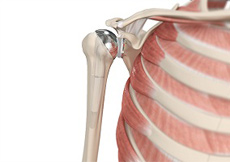
Total shoulder replacement surgery is performed to relieve symptoms of severe shoulder pain and disability due to arthritis. In this surgery, the damaged articulating parts of the shoulder joint are removed and replaced with artificial prostheses.
Reverse Shoulder Replacement

Conventional surgical methods such as total shoulder joint replacement are not very effective in the treatment of rotator cuff arthropathy.
Rotator Cuff Repair
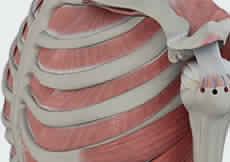
The rotator cuff is a group of 4 muscles in the shoulder joint including the supraspinatus, infraspinatus, teres minor, and subscapularis.
Minimally Invasive Shoulder Joint Replacement
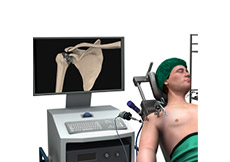
Shoulder joint replacement is a surgical procedure that replaces damaged bone surfaces with artificial humeral and glenoid components to relieve pain and improve functional ability in the shoulder joint.
GPS-guided Shoulder Replacement

For a successful total shoulder replacement, accurate positioning of the implants is crucial to accomplish a good clinical outcome. Guided Personalized Surgery or GPS-guided shoulder replacement is an advanced technology developed to provide more accurate positioning of an implant.
SLAP Repair
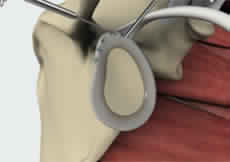
A SLAP repair is an arthroscopic shoulder procedure to treat a specific type of injury to the labrum called a SLAP tear.
Shoulder Stabilization
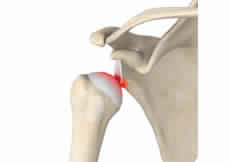
When conservative treatment options such as medications, rest and ice application fail to relieve shoulder instability, your surgeon may recommend shoulder stabilization surgery.
Acromioclavicular (AC) Joint Reconstruction

The acromioclavicular (AC) joint is one of the joints present within your shoulder. It is formed between a bony projection at the top of the shoulder blade (acromion) and the outer end of the clavicle (collarbone).
Failed Shoulder Surgery
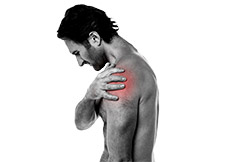
Failed shoulder surgery is a surgery that did not meet expectations and resulted in recurring pain or other unwanted symptoms. All surgeries are associated with risks, some have a higher risk than others.
Bicep Tendon Rupture at Shoulder
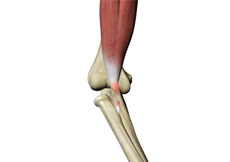
The biceps muscle is present on the front of your upper arm and functions to help you bend and rotate your arm. The biceps tendon is a tough band of connective fibrous tissue that attaches your biceps muscle to the bones in your shoulder on one side and the elbow on the other side.
AC Joint Stabilization

Acromioclavicular (AC) joint stabilization is a surgical procedure employed to treat severe cases of AC joint dislocation.
Shoulder Labrum Reconstruction
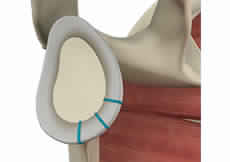
The shoulder joint is a ball and socket joint. A ball at the top of the upper arm bone (the humerus) fits neatly into a socket, called the glenoid, which is part of the shoulder blade (scapula).
Bony Instability Reconstruction of the Shoulder

The shoulder is the most flexible joint in the body. Injury and trauma can tear or stretch the labrum and/or ligaments, causing loosening and instability of the shoulder joint which can lead to partial or complete dislocation of the joint.
Ultrasound-Guided Shoulder Injections

An ultrasound is a common imaging technique that employs high-frequency sound waves to create images of organs and other internal structures of the body.




